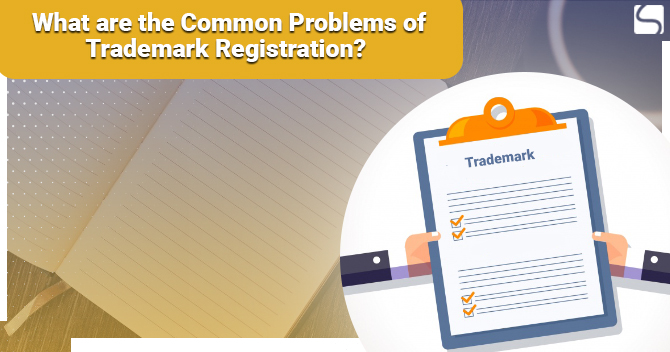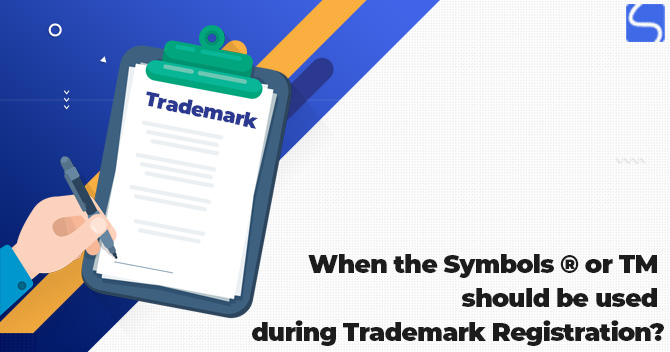How to Get Trademark Registration in Singapore? – An Overview

Karan Singh | Updated: Feb 07, 2022 | Category: Trademark
A Trademark is a logo, name, signature, brand, device, colour, letter, heading, shape, numeral, or a combination of these things, which is used in the course of a business/trade to differentiate an individual’s products or services from others in the markets. The modern Singapore Trade Marks Act was introduced in 1998 to fulfil the city-state’s obligations under the Paris Convention for the protection or safety of IP (Intellectual Property). Trademark Registration in Singapore is controlled or managed by the IPOS (Intellectual Property Office of Singapore[1]), a legislative board under the Ministry of Law. Scroll down to check more details regarding Trademark Registration in Singapore.
Table of Contents
What are the Features of the Singapore Trademark Act?
- A Trademark should be capable of being represented graphically, and it can be any letter, name, word, shape, or colour. Unlike jurisdictions like the USA, the Trademark Regime in Singapore doesn’t require any evidence of use to be filed before the Registration is granted.
- Trademark Registration under the Trademark Act of Singapore is only effective in Singapore. As Singapore is a contracting country or nation under the Madrid Protocol, an international application may be filed via IPOS in Singapore after the Trademark has been filed in Singapore.
- As per the Act, there is no time limit for filing. However, it should be noted that a lawsuit for an infringement of a registered Trademark is only possible if the Trademark is registered. A registered Trademark in Singapore is valid for 10 years and can be renewed further for ten years.
- With the introduction of Service Mark (SM) Registration, the Trademark classes have been extended from International Classification 35 to 45. As an outcome of the inclusion of service marks, the search for prior rights will now extend to cover; concerning Trademarks applied on products, those services which are closely related to the products for which Registration is sought, and with respect to Service Marks, the examination will comprise marks for products which are closely related to those services.
Criteria for Trademark Registration in Singapore
Following is the criteria for Trademark Registration in Singapore:
- The mark should be unique and original;
- One should be able to represent or show it graphically;
- A Trademark shouldn’t be identical to an existing Trademark;
- The mark should enable customers from differentiating the business from other identical services;
- It shouldn’t include descriptive words that show a product or service or a common word in any language or trade.
Advantages of Registering a Trademark in Singapore
Following are the advantages/benefits of Trademark Registration in Singapore:
- It provides the right to use the mark;
- Benefiting from the rising market value of the mark;
- Excluding others from copyright it;
- License for commercial use by 3rd party hence creating a source of revenue;
- Up to 400% tax rebates from the Government of Singapore under the PICS (Productivity & Innovation Credit Scheme) to offset costs you paid for registering your Trademark.
Procedure to get Trademark Registration in Singapore
Step 1: Recognise Class of Goods or Services: Before filing an application for Trademark Registration, the owner of Trademark or an applicant has to decide on the types of products or services for which Trademark Registration is sought. Products & Services are appropriately categorised from classes 1 to 45 under the International Classification of Goods & Services (ICGS).
Step 2: Trademark Search: After recognising the classes, it is advisable for you to conduct a Trademark Search in the records maintained by the Singapore Registry of Trademarks. This is to make sure that there is no existing Trademark that is similar to the one you plan to use, particularly in your business area.
Step 3: Filing of an Application: After the above step, you need to fulfil the application form. The minimum filing requirements include:
- A statement that you request for Registration;
- Your address & name;
- A clear graphical representation of your mark or brand. For marks including a 3-d shape of the products or packaging, line drawings should clearly show all dimensions of the mark;
- A list of products & services that you are registering to the mark;
- A declaration of your concerning use of the Trademark.
Step 4: Examination by Intellectual Property Office of Singapore (IPOS): Once the application has been received, IPOS will examine it to make sure that the application meets the minimum filing necessities. Once the minimum filing necessities are met, the filing date is accorded & a Trademark number is issued. This information is sent through the Acknowledgment letter. If one/more of the minimum filing necessities are not fulfilled, a Deficiency Letter will be sent to remedy within two months from the Letter date, and this time duration is not extendible.
In the occasion that the applicant doesn’t remedy the deficiencies or remedies the deficiencies out of time, the Intellectual Property Office of Singapore will send a letter informing the applicant that the Trademark application is Deemed Never to Have Been Made.
Step 5: Examination for Conflicts with Present Trademarks and Validity: After the above step, the Registrar will execute a formal search for conflicting marks, geographical names & conformity to the International Classification of Products & Services. In the case of pharmaceutical products, the Trademark Registry will also need to check whether the mark includes safeguarded INN or International Non-proprietary Name. The INNs, provided by the WHO, are generic names for particular pharmaceutical substances. The Trademark application will be scrutinised to find out whether the mark is registrable in accordance with Singapore Trademark Laws.
If the necessities are not satisfied, IPOS will issue a Letter specifying the requirements or refusals. The response should be submitted within four months from the issuance date of the IPOS letter. If extra time is required to respond to the IPOS letter, a request for a time extension before the expiry needs to be submitted. If no response or request for a time extension is received within the stipulated time period, the Trademark will be shown as Withdrawn.
Step 6: Publication or Advertisement for Public Scrutiny: After all the steps, the application will be published or advertised and made available to the public. Within 2 months of the publication period, any party will be able to oppose the Trademark Registration. If the Trademark Office gets an objection from any party, the applicant or owner will be informed and must respond. A decision on the Trademark application will be made after hearing both parties.
Step 7: Registration of Trademark: If there is no opposition, the Certificate of Registration would be issued, and Trademark would be granted protection for ten years.
Conclusion
Trademark registered under Singapore Trademark Act is valid only in the territory of Singapore. However, once companies or businesses file for Trademark Registration in Singapore, then they can opt to submit an application for International Trademark Registration via the Madrid Protocol.
Read our Article:Everything You Need to Know About Trademark Counterfeiting














